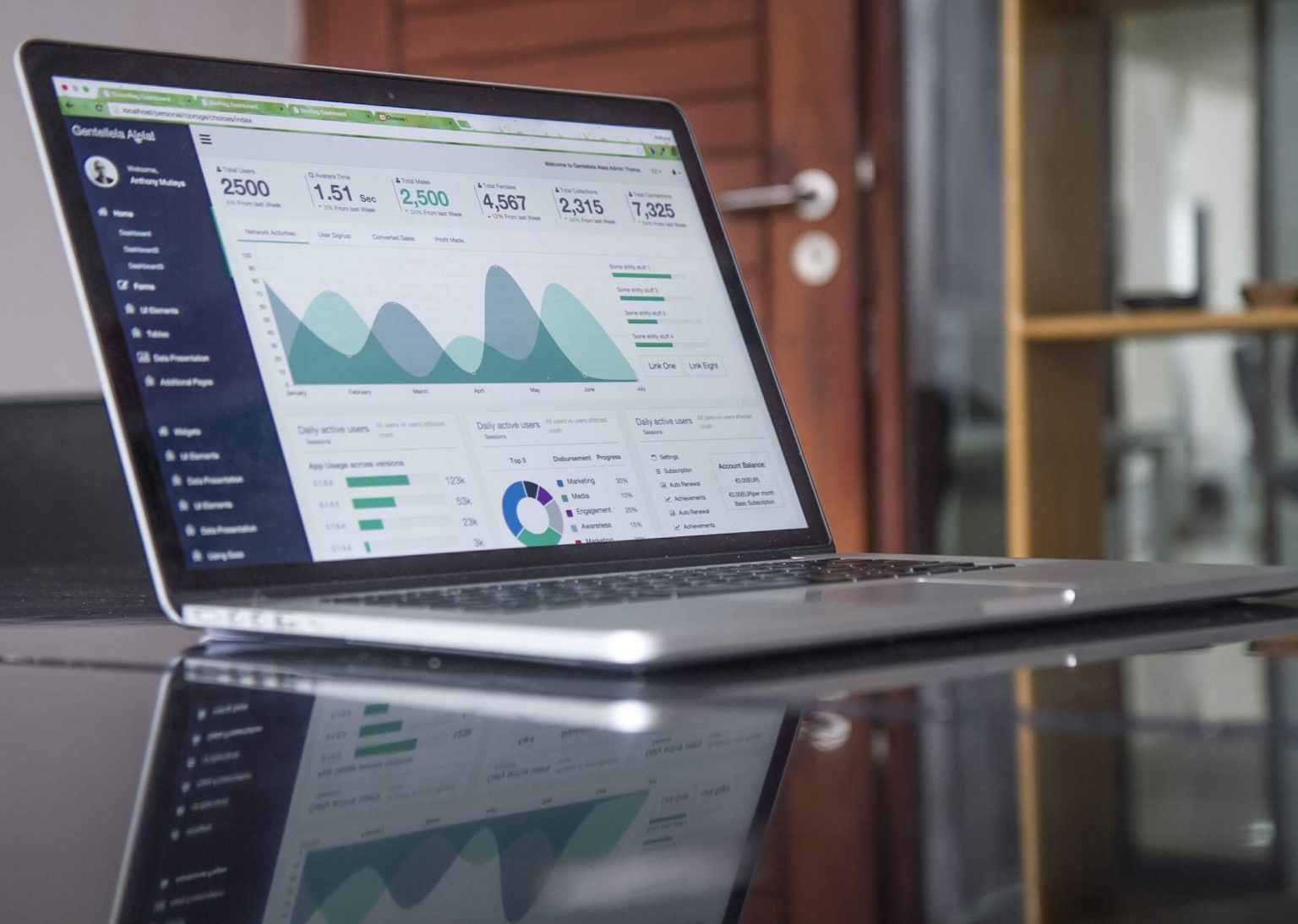
This may seem contrary to the popular opinion about mobiles being not apt for data visualization owing to its limited screen size. The power and capability of mobile phones is increasing with more and more features being added to them. Mobile phones have become ubiquitous and they are clearly the future. Hence inevitably we will witness many innovations in mobile data visualization. Many vendors are adapting desktop experiences to mobile formats to get a mobile first approach in terms of data visualization. Apple acquired Mapsense a data visualization startup for $30 million.
Mobile apps are turning instrumental for controlling remote services, infrastructures and upscale systems with the help of IoT(Internet of Things) and online trading. From stock prices, sensors on athletics and even price performance, data visualization helps in operation monitoring, process optimization and in making sound decisions.